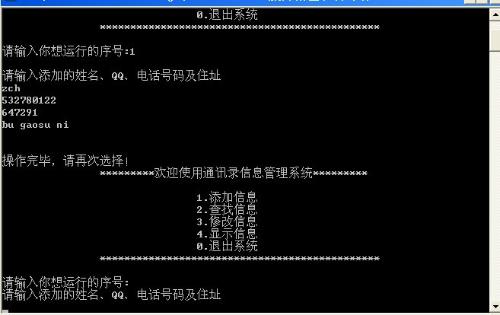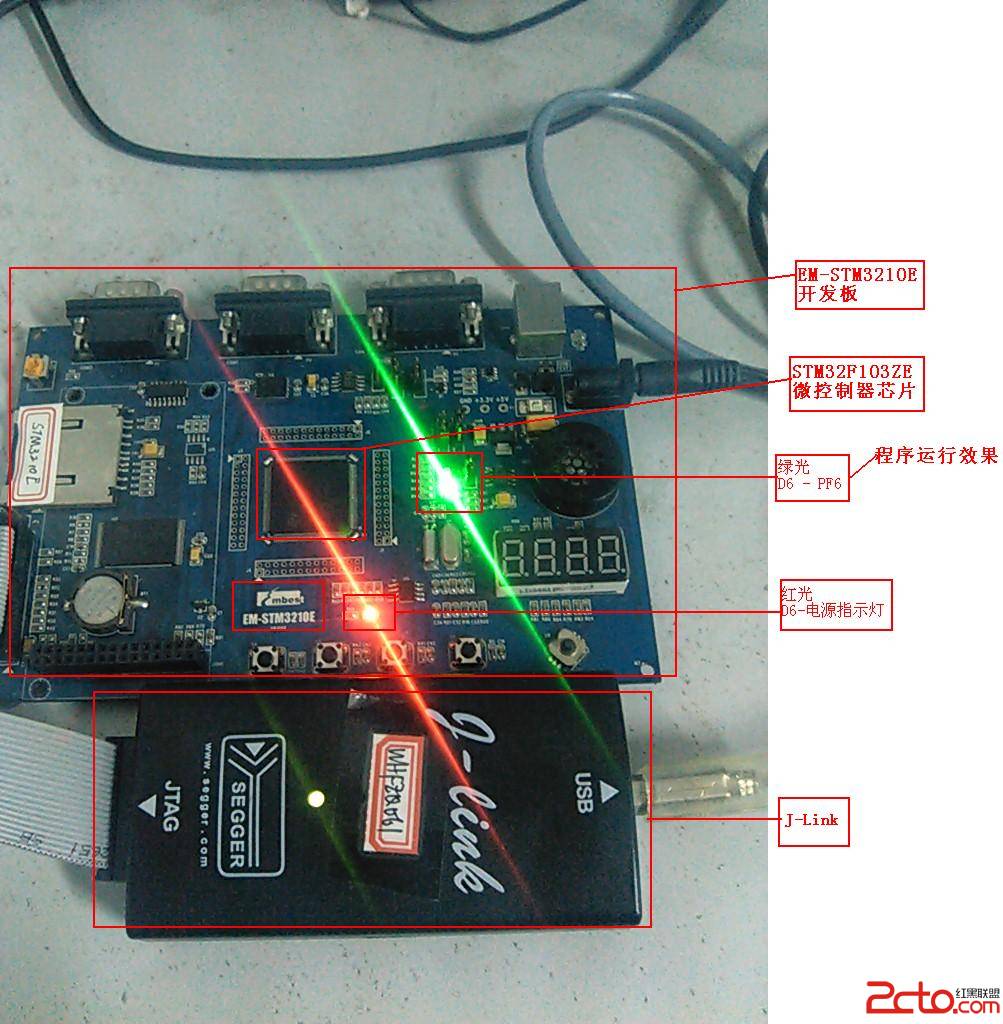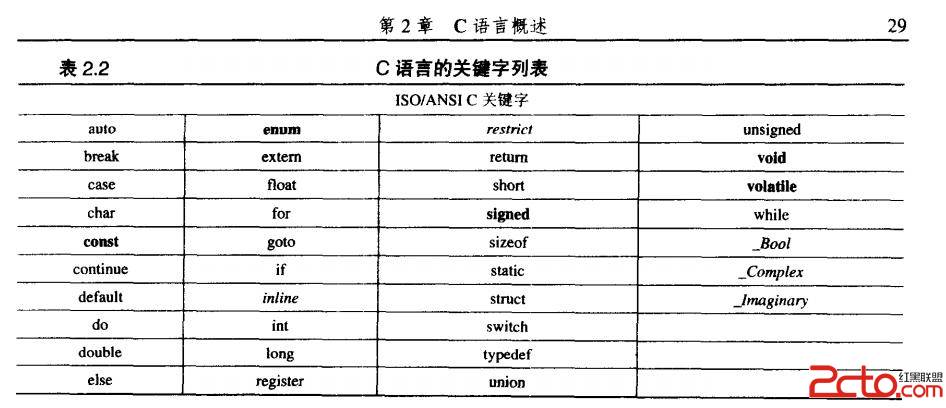POJ 1416 Shredding Company
Shredding CompanyTime Limit: 1000MS Memory Limit: 10000K
Total Submissions: 3138 Accepted: 1795
Description
You have just been put in charge of developing a new shredder for the Shredding Company Although a "normal" shredder would just shred sheets of 易做图 into little pieces so that the contents would become unreadable, this new shredder needs to have the following unusual basic characteristics.
1.The shredder takes as input a target number and a sheet of 易做图 with a number written on it.
2.It shreds (or cuts) the sheet into pieces each of which has one or more digits on it.
3.The sum of the numbers written on each piece is the closest possible number to the target number, without going over it.
For example, suppose that the target number is 50, and the sheet of 易做图 has the number 12346. The shredder would cut the sheet into four pieces, where one piece has 1, another has 2, the third has 34, and the fourth has 6. This is because their sum 43 (= 1 + 2 + 34 + 6) is closest to the target number 50 of all possible combinations without going over 50. For example, a combination where the pieces are 1, 23, 4, and 6 is not valid, because the sum of this combination 34 (= 1 + 23 + 4 + 6) is less than the above combination's 43. The combination of 12, 34, and 6 is not valid either, because the sum 52 (= 12 + 34 + 6) is greater than the target number of 50.

Figure 1. Shredding a sheet of 易做图 having the number 12346 when the target number is 50
There are also three special rules :
1.If the target number is the same as the number on the sheet of 易做图, then the 易做图 is not cut.
For example, if the target number is 100 and the number on the sheet of 易做图 is also 100, then
the 易做图 is not cut.
2.If it is not possible to make any combination whose sum is less than or equal to the target number, then error is printed on a display. For example, if the target number is 1 and the number on the sheet of 易做图 is 123, it is not possible to make any valid combination, as the combination with the smallest possible sum is 1, 2, 3. The sum for this combination is 6, which is greater than the target number, and thus error is printed.
3.If there is more than one possible combination where the sum is closest to the target number without going over it, then rejected is printed on a display. For example, if the target number is 15, and the number on the sheet of 易做图 is 111, then there are two possible combinations with the highest possible sum of 12: (a) 1 and 11 and (b) 11 and 1; thus rejected is printed. In order to develop such a shredder, you have decided to first make a 易做图 program that would simulate the above characteristics and rules. Given two numbers, where the first is the target number and the second is the number on the sheet of 易做图 to be shredded, you need to figure out how the shredder should "cut up" the second number.
Input
The input consists of several test cases, each on one line, as follows :
tl num1
t2 num2
...
tn numn
0 0
Each test case consists of the following two positive integers, which are separated by one space : (1) the first integer (ti above) is the target number, (2) the second integer (numi above) is the number that is on the 易做图 to be shredded.
Neither integers may have a 0 as the first digit, e.g., 123 is allowed but 0123 is not. You may assume that both integers are at most 6 digits in length. A line consisting of two zeros signals the end of the input.
Output
For each test case in the input, the corresponding output takes one of the following three types :
sum part1 part2 ...
rejected
error
In the first type, partj and sum have the following meaning :
1.Each partj is a number on one piece of shredded 易做图. The order of partj corresponds to the order of the original digits on the sheet of 易做图.
2.sum is the sum of the numbers after being shredded, i.e., sum = part1 + part2 +...
Each number should be separated by one space.
The message error is printed if it is not possible to make any combination, and rejected if there is
more than one possible combination.
No extra characters including spaces are allowed at the beginning of each line, nor at the end of each line.
Sample Input
50 12346
376 144139
927438 927438
18 3312
9 3142
25 1299
111 33333
103 862150
6 1104
0 0
Sample Output
43 1 2 34 6
283 144 139
927438 927438
18 3 3 12
error
21 1 2 9 9
rejected
103 86 2 15 0
rejected
Source
Japan 2002 Kanazawa
用dfs搜就可以了,只是我一开始做题的时候用的全局变量,结果测试数据都无法过掉,于是不断的检查无法查出错误在什么地方,实在没办法了,就设置了变量,查看每一层的递归函数中值的变化,最后终于查出错误原因了。然后改的局部变量。 总之一句话 全局变量要慎用啊
[cpp]
#include <stdio.h>
#include <string.h>
#include <math.h>
int n;
char s1[10];
int l,key,b[30],res[30],top2,col,k;
int max,m;
int main()
{
void dfs(int x,int top1);
int i,j,s,t;
while(scanf("%d %s",&n,s1)!=EOF)
{
l=strlen(s1);
for(i=0,s=0;i<=l-1;i++)
{
s=s*10+s1[i]-'0';
}
if(!n&&!s)
{
break;
}
if(s==n)
{
printf("%d %d\n",n,n);
continue;
}
m=s;
top2=0;
max=-1;
key=0; k=0;
dfs(0,0);
if(k==1)
{
printf("rejected\n");
}else if(key==0)
<补充:软件开发 , C++ ,




